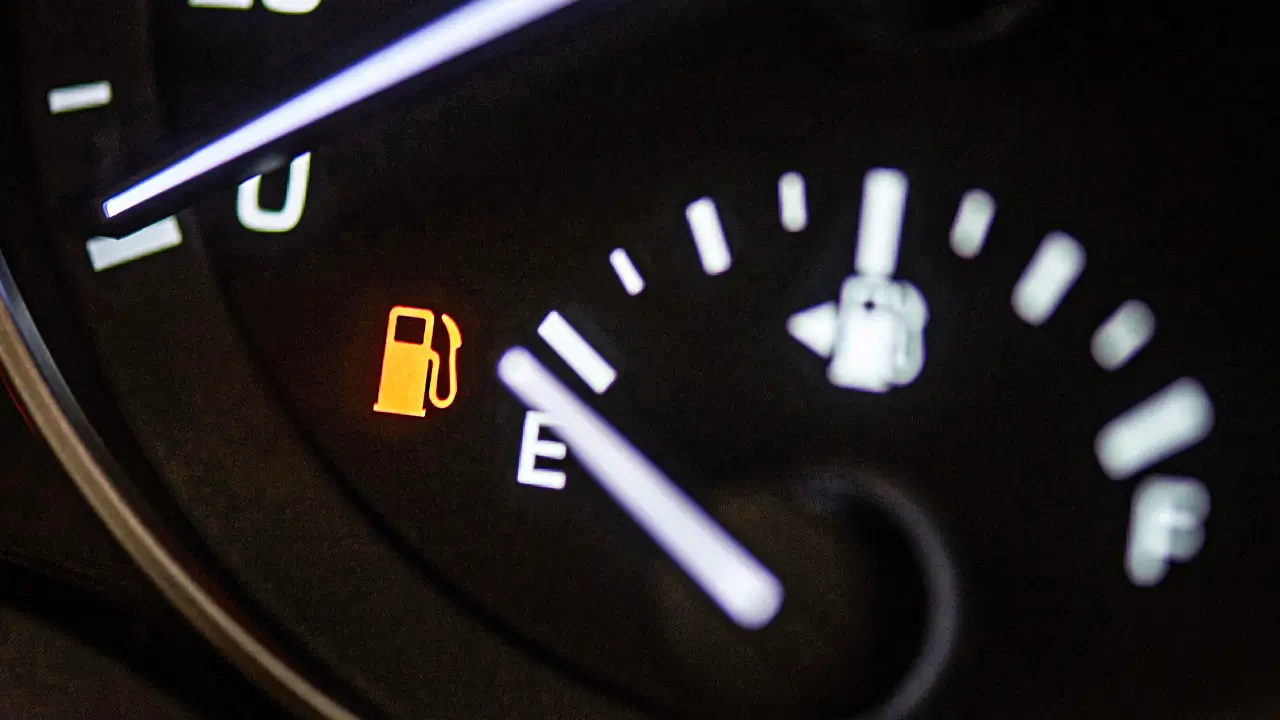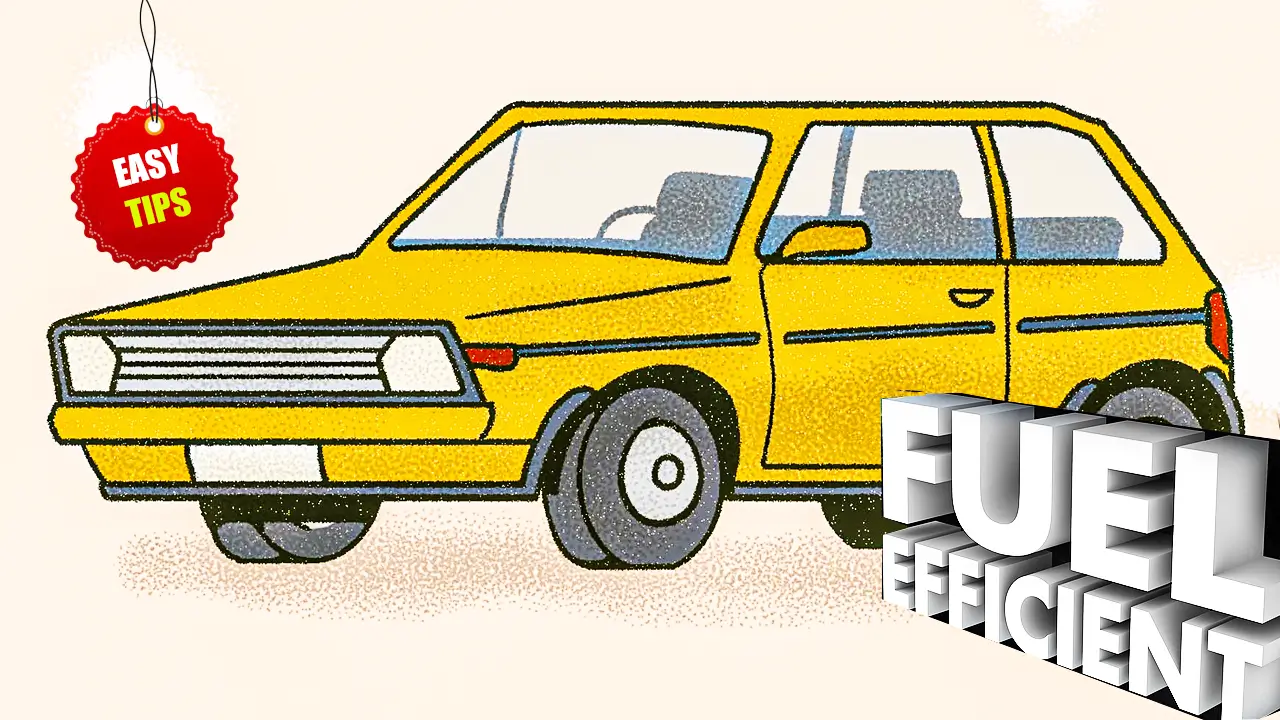fuel prices may fluctuate, but the desire to get more miles per gallon never goes out of style. Whether you’re driving a rugged SUV, a family sedan, or a compact hatchback, better fuel economy is something we all wish we had. many people believe that boosting mileage automatically means sacrificing performance. That’s simply not true.
With the right driving habits, basic maintenance, and a few smart decisions, you can squeeze more efficiency out of your car without making it feel sluggish or less responsive. When done right, improving your fuel economy often enhances performance by making the engine and other systems work more efficiently. It is all about practical, everyday steps that work and they’re easier than you think.
Why Mileage Matters Now More Than Ever
The rising cost of living, tightening emissions standards, and growing concerns over climate change are pushing more people to think seriously about how efficiently their vehicles consume fuel. In the United States, where many still rely heavily on gasoline-powered cars and trucks, mileage directly impacts household expenses, especially for long commuters and road trip enthusiasts.

And let’s not forget higher mileage doesn’t just save you money at the pump. It also means fewer emissions and a lighter environmental footprint. So, improving your mileage is a step toward responsible driving.
Tire Pressure and Alignment
One of the most overlooked factors in poor fuel economy is tire pressure. Underinflated tires create more rolling resistance, which means your engine has to work harder just to keep the car moving. Checking tire pressure regularly at least once a month can improve mileage by up to 3%. That may not sound like much, but over a year, it adds up.
But it doesn’t stop there. Misaligned wheels can also sap performance and fuel efficiency. If your car drifts to one side or the steering feels off-center, it’s time to get your alignment checked. Driving on properly aligned wheels with optimal pressure keeps your ride smooth and your fuel economy consistent.
Smooth Driving Beats Aggressive Acceleration Every Time
Hard acceleration might feel thrilling, especially when merging onto highways or passing slower traffic. But it’s a fuel guzzler. Smooth, gradual acceleration keeps your engine in its most efficient range. The same goes for braking slamming on the brakes wastes the momentum your car has built, forcing the engine to work harder afterward.
Cruise control, especially on open highways, can help maintain a steady speed and improve fuel economy by minimizing speed fluctuations. Just be cautious on hilly terrain—cruise control can sometimes cause your engine to work harder when climbing.
Shed the Extra Weight
It might be convenient to carry around a full trunk of stuff “just in case,” but every extra pound your car hauls lowers your fuel efficiency. The impact is more noticeable in smaller vehicles, but even larger cars and SUVs feel the difference over time.
Start by removing unnecessary items from your trunk and backseat. If you have a roof rack or cargo box you rarely use, consider removing it, especially at highway speeds. Roof accessories create aerodynamic drag that can cut your mileage by as much as 10%. When you’re not using it, take it off.
Recent Posts
- Nearly 30% of UK Drivers Believe Car Tax Should Be Based on Mileage — Survey
- Why Planes and Boats Escaped the Luxury Tax But Cars Didn’t
- Australia’s Headlight Confusion: Authorities Warn Drivers After Viral $250 Headlight Rule Goes Wild Online
- 2025 Hyundai Venue Facelift Launched in India – Full Details, Variants, and Price
- Royal Enfield Bullet 650 Unveiled at EICMA 2025: A Classic Legend Returns
Stick to a Regular Maintenance Schedule
An engine that’s well-maintained is an engine that runs efficiently. Skipping oil changes, driving on dirty air filters, or neglecting spark plugs can silently erode both mileage and performance.
Using the manufacturer-recommended engine oil is especially important. Modern engines are designed to run on specific oil viscosities. Using the wrong oil may increase friction and reduce fuel economy. Also, a clean air filter ensures that your engine is getting the proper airflow needed for complete combustion.
Fuel injectors, too, can become clogged over time, leading to uneven fuel distribution. Cleaning them periodically or using high-quality fuel can help keep things running smoothly.
Also read: Best Cars to Modify: The Ultimate List for Enthusiasts
Use the Right Fuel, Not the Most Expensive One
Contrary to popular belief, using premium fuel doesn’t necessarily mean better performance or mileage unless your vehicle specifically requires it. Using higher-octane fuel in an engine designed for regular gasoline offers zero benefits and is just a waste of money.
Always check your car’s owner’s manual to see what fuel grade is recommended. Following that advice ensures your engine runs efficiently without unnecessary strain or expense.
Don’t Idle Away Your Fuel
Many drivers leave their engines running during long waits in parking lots, drive-thrus, or even while texting in the driveway. Idling gets you zero miles per gallon and it adds up. Modern engines are designed to start efficiently, so turning the engine off if you’re going to be stationary for more than 60 seconds is a smart move.
If your car has a start-stop system, let it do its job. These systems are engineered to reduce idling fuel loss and restart the engine seamlessly when you’re ready to move again.
Keep an Eye on Your Driving Environment
Believe it or not, your surroundings can influence your fuel efficiency more than you think. Heavy traffic with constant stop-and-go movement is a mileage killer. If your commute allows it, consider leaving slightly earlier or later to avoid rush hour. You’ll not only save fuel but also avoid the stress of bumper-to-bumper driving.
Using navigation apps that provide real-time traffic updates and suggest alternate routes can also help you reach your destination faster and more economically.
Even something as simple as planning multiple errands in one trip rather than taking separate drives each day can lead to noticeable fuel savings over time.
Technology Can Help If You Use It Right
Modern vehicles are loaded with features designed to improve efficiency, but they only work if you let them. For example, eco-driving modes adjust throttle response and shift points in automatic transmissions to optimize mileage. Some cars also offer real-time fuel economy feedback, helping you adjust your driving habits as you go.
Using these tools doesn’t mean you’re compromising performance. Instead, you’re learning how to balance efficiency and power based on your needs. Switch to sport mode when you want extra oomph—switch back when you’re just cruising to work.
Authors Take
At the end of the day, improving fuel efficiency doesn’t have to mean driving like a robot or making your car feel like a sluggish machine. It’s about smart, intentional choices ones that respect both your performance needs and your desire to save money.
You don’t need to convert your car into a hyper-miling science project. You just need to treat it well, drive consciously, and give it the care it deserves. The result? Better fuel economy, lower emissions, fewer trips to the pump, and yes, a more enjoyable ride.
